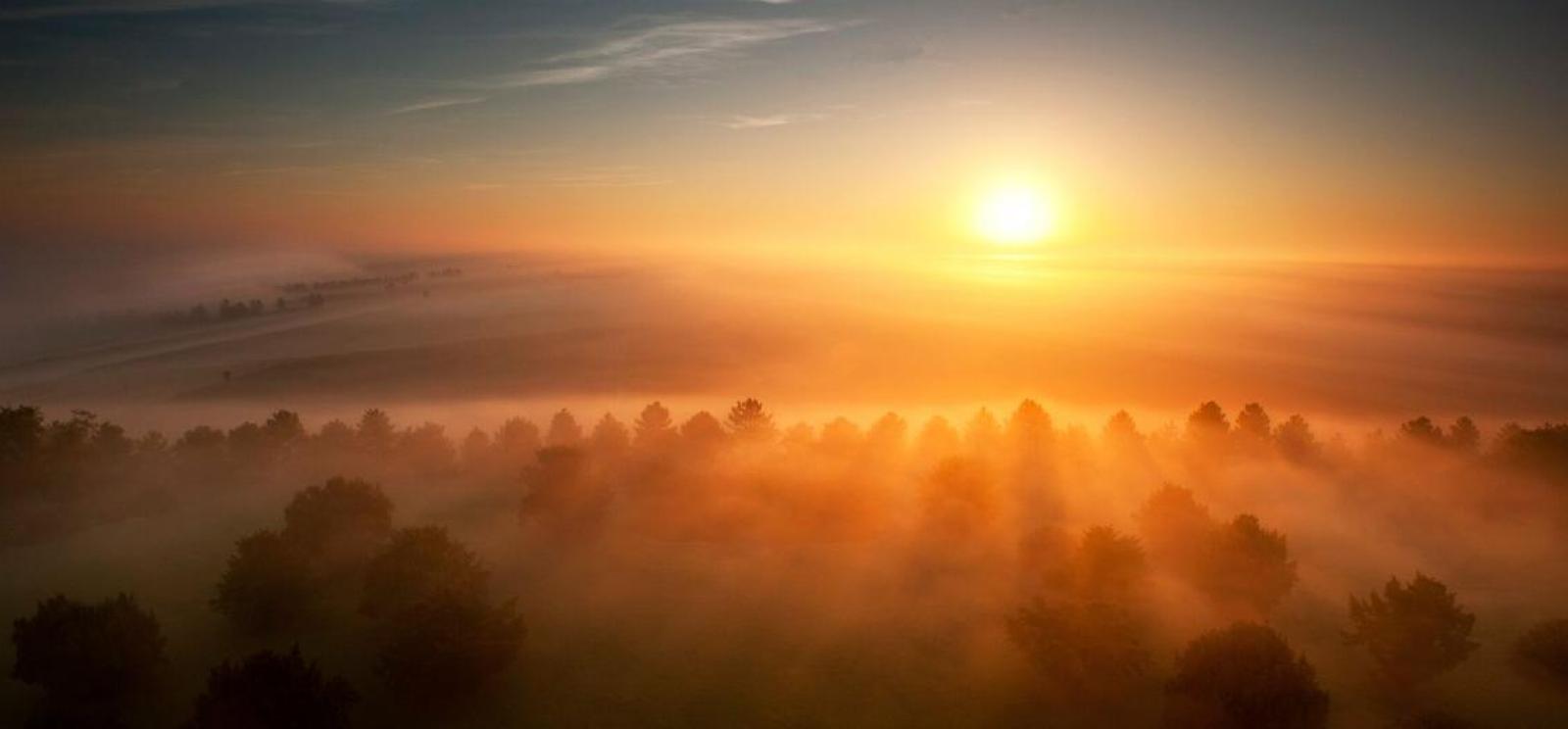Along the Western Front in what were once places of devastating violence, we now see landscapes of great beauty, a testament to peace and remembrance. Join another venture to the Great War battlefields with the National World War I Museum and Memorial and Battle Honours. Experience the centennial of U.S. entry into World War I with an inspiring journey to the Western Front and areas of American involvement!
Museum staff members Doran Cart and Mark Gunter share their experiences on this journey, with a day-to-day glimpse into the Museum's tour of Western Front in France.
DAY 0
The day before the trip officially began, the Museum's Senior Curator Doran Cart spent some time exploring in Paris. Speaking on his adventures that day:
“Soon after arrival at Charles de Gaulle airport I headed into Paris and made a beeline for the French Musée de l'Armée (Army Museum) located at Les Invalides, a complex of museums and historical architecture that includes Napoleon's Tomb. While the Army Museum contains incredible arms and armor and a New WWII exhibition it was, of course, the WWI exhibition that I spent the most time in.
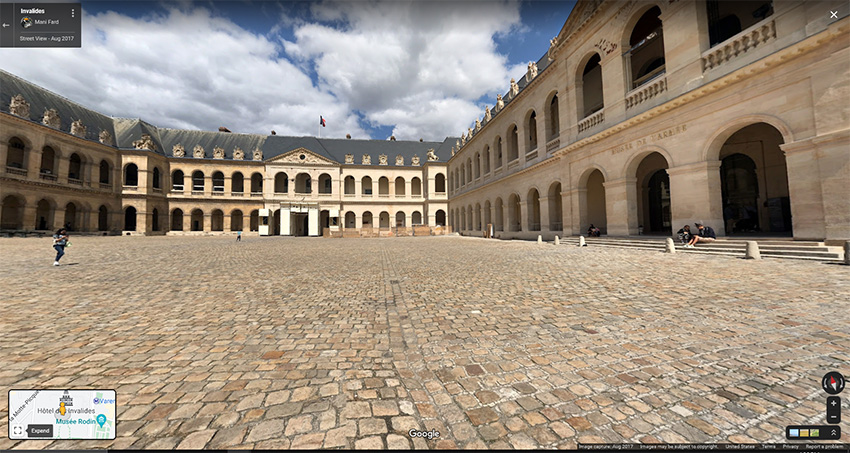
“Naturally, the collections holds a wide variety of French and French Colonial uniforms. The centerpiece is the Marne taxi, one of hundreds ordered to take French soldiers to the 1914 defense of the Marne.
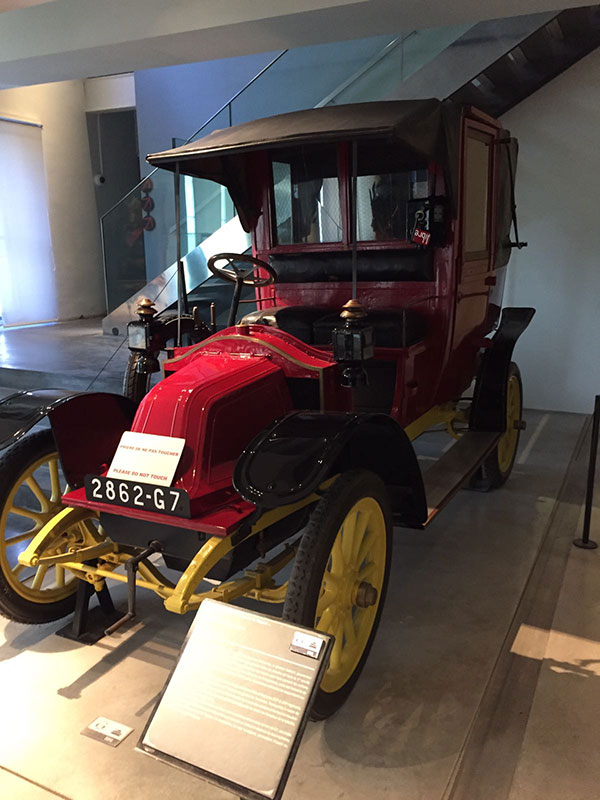
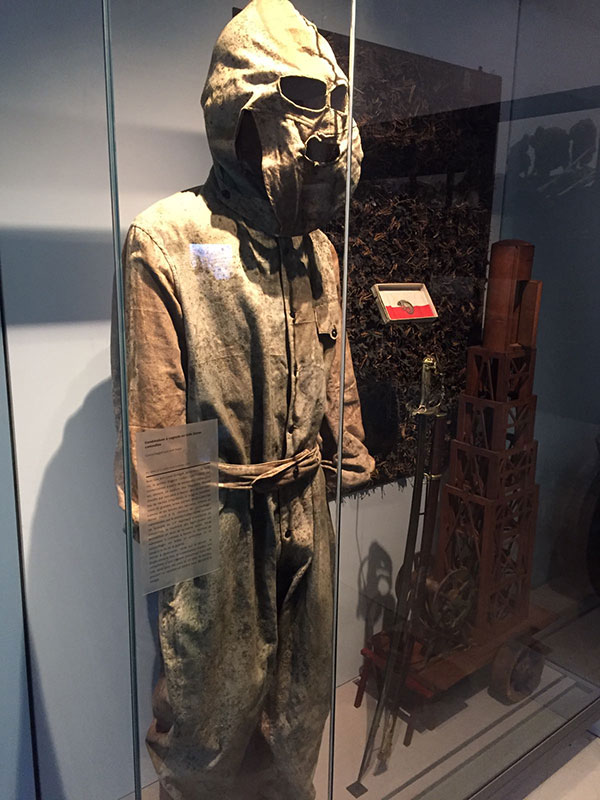
“My visit to the museum absorbed over 3 hours, time well spent. Tomorrow the Battlefield Tour starts at 10 a.m. with an in-depth study of the Battle at Cantigny.”
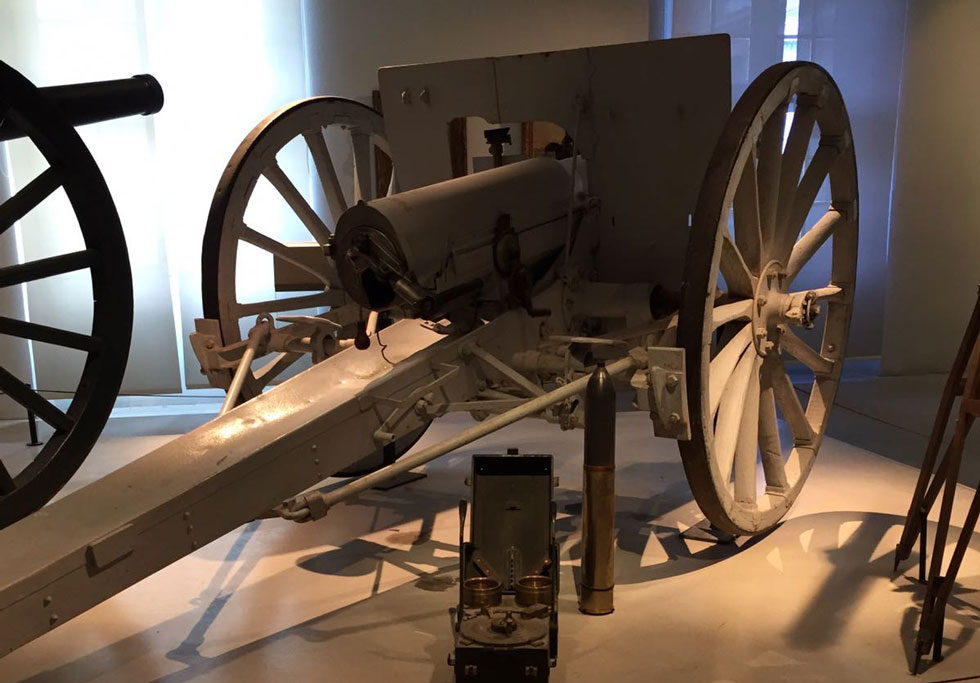
Day 1
The American action at Cantigny was the first large unit action by the American Expeditionary Forces in the war. With the taking of the German salient they proved valuable lessons they had learned.
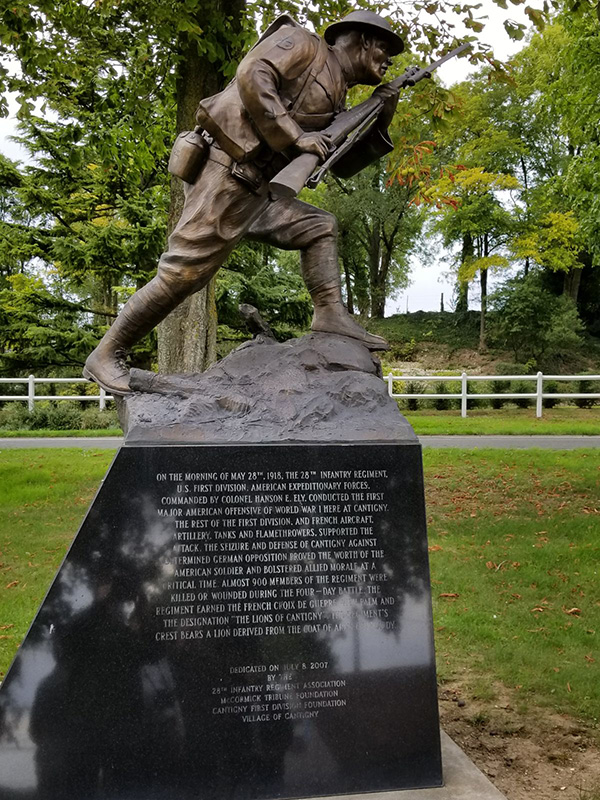
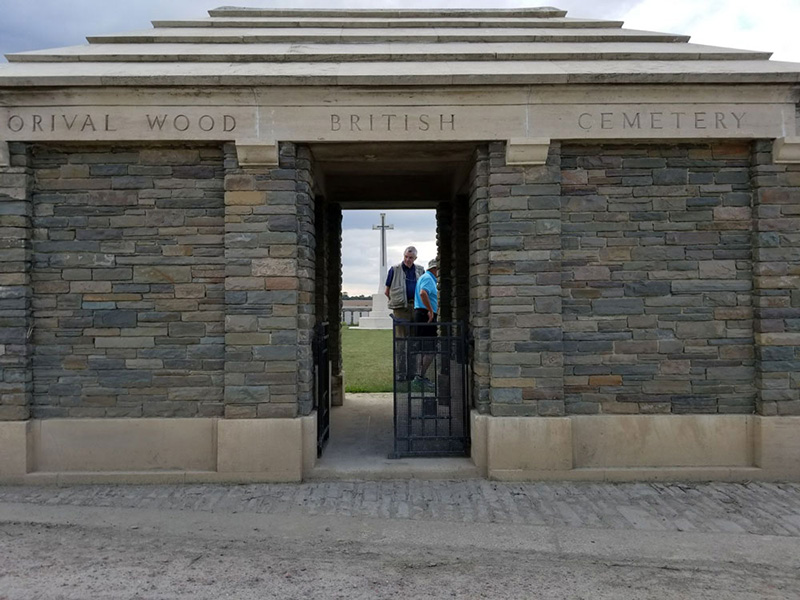
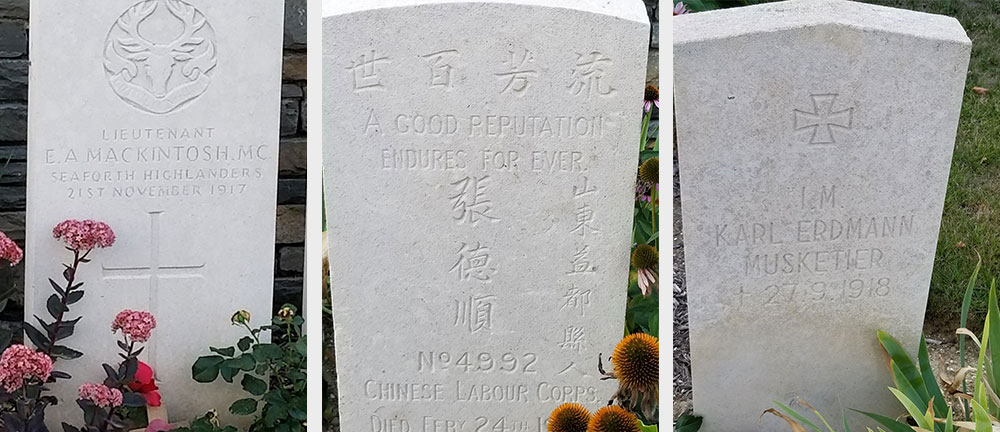
On a personal side of the Battle of Cantigny was the life and death of Lieutenant George Buchanan Redwood of Baltimore. The collection of letters we read on the battlefield are in the Museum's archives.
One of his men wrote the mother of the newspaper man turned American Lieutenant about his death on May 28, 1918:
“Lieutenant George Redwood was killed in action in the successful attack made by his regiment (28th Infantry Regiment, 1st Division), resulting in the capture of Cantigny. In the attack he was twice wounded by bullets, but, though he was ordered to the hospital, he continued to perform his duty.
“He did not know fear, it was wonderful to see him. He was a wonderfully fine fellow.
“He got a machine gun bullet through his mouth and one in the breast. They were bringing him in a stretcher to the first aid station when shrapnel burst right over him.”
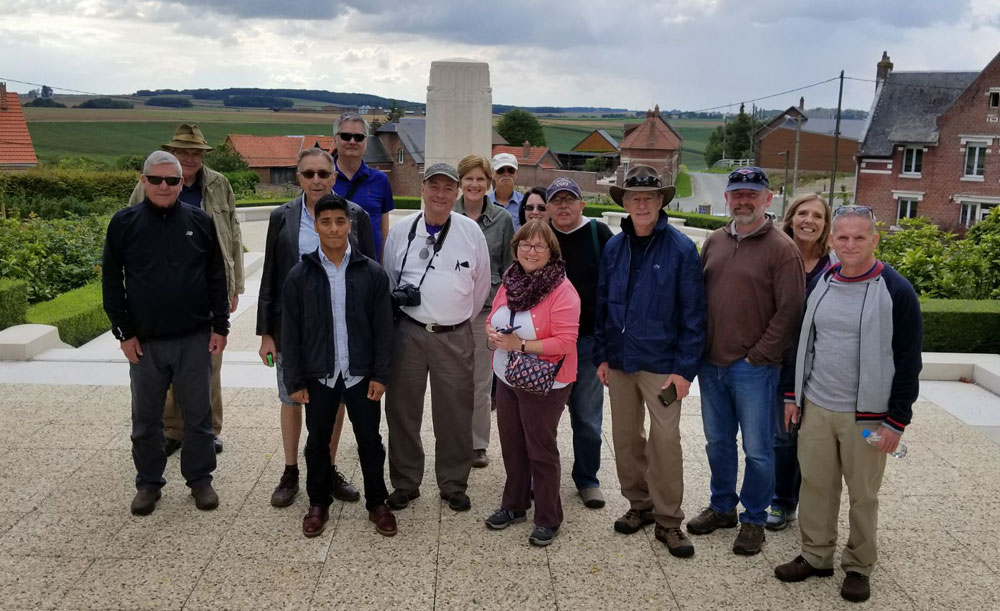
Day 2
The second day of the trip was spent tracing the Hindenburg Line, a defensive position of the Germans on the Western Front.
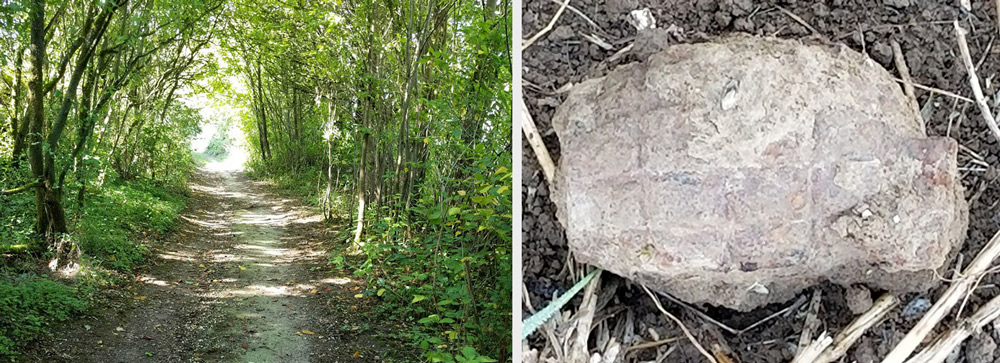
The 301st US Tank Battalion was the only American heavy tank unit to get into action on Sept. 29 and 30, 1918. As we stood on their push-off point we read letters from two of the tankers. In one, Lieutenant Earl Dunning related that “we started to break the Hindenburg Line under a terrible barrage. We got about two miles, our eight machine guns and six pounders (cannons) taking their toll of Germans as we advanced. Our tank was struck and we lay disabled, a fine target for the enemy fire. Every man in the crew was wounded and the tank was on fire. Most of the men were badly burned, but we crawled out and carried our machine guns with us.”
The day's visit was especially resonant for our group, as participant Bruce Kinzer's father, Cpl. Harry Kinzer, served in the 301st Army Tank Battalion. The battalion helped break the Hindenburg line near Guillemont Farm.
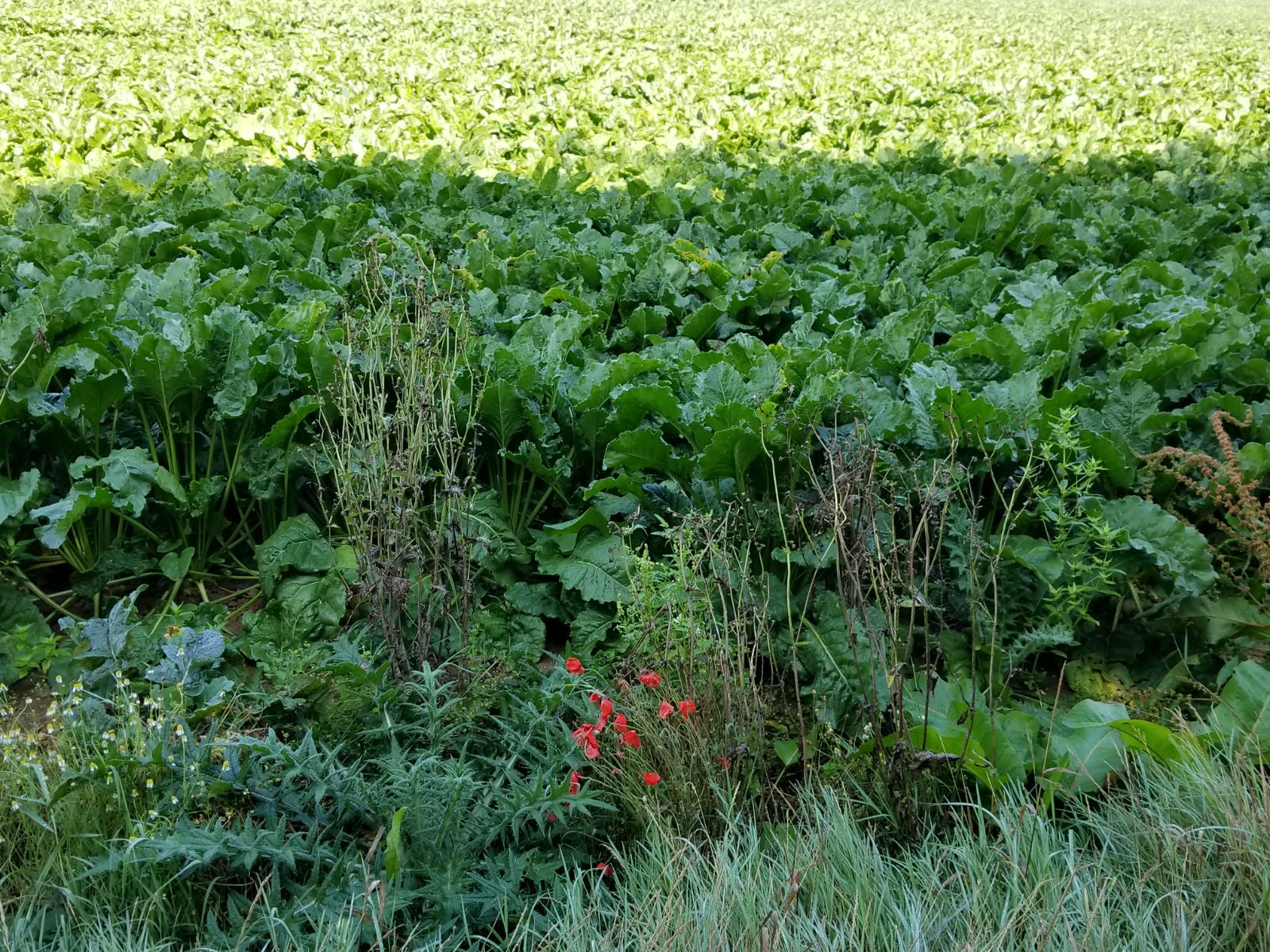
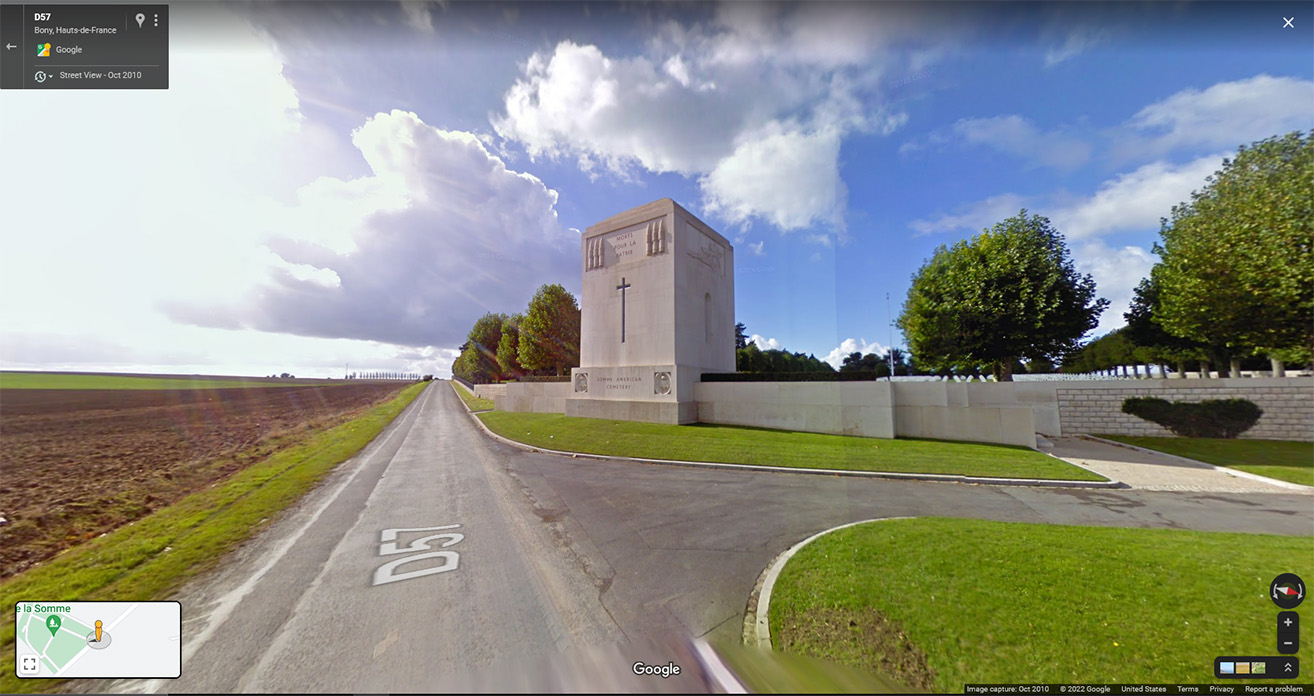
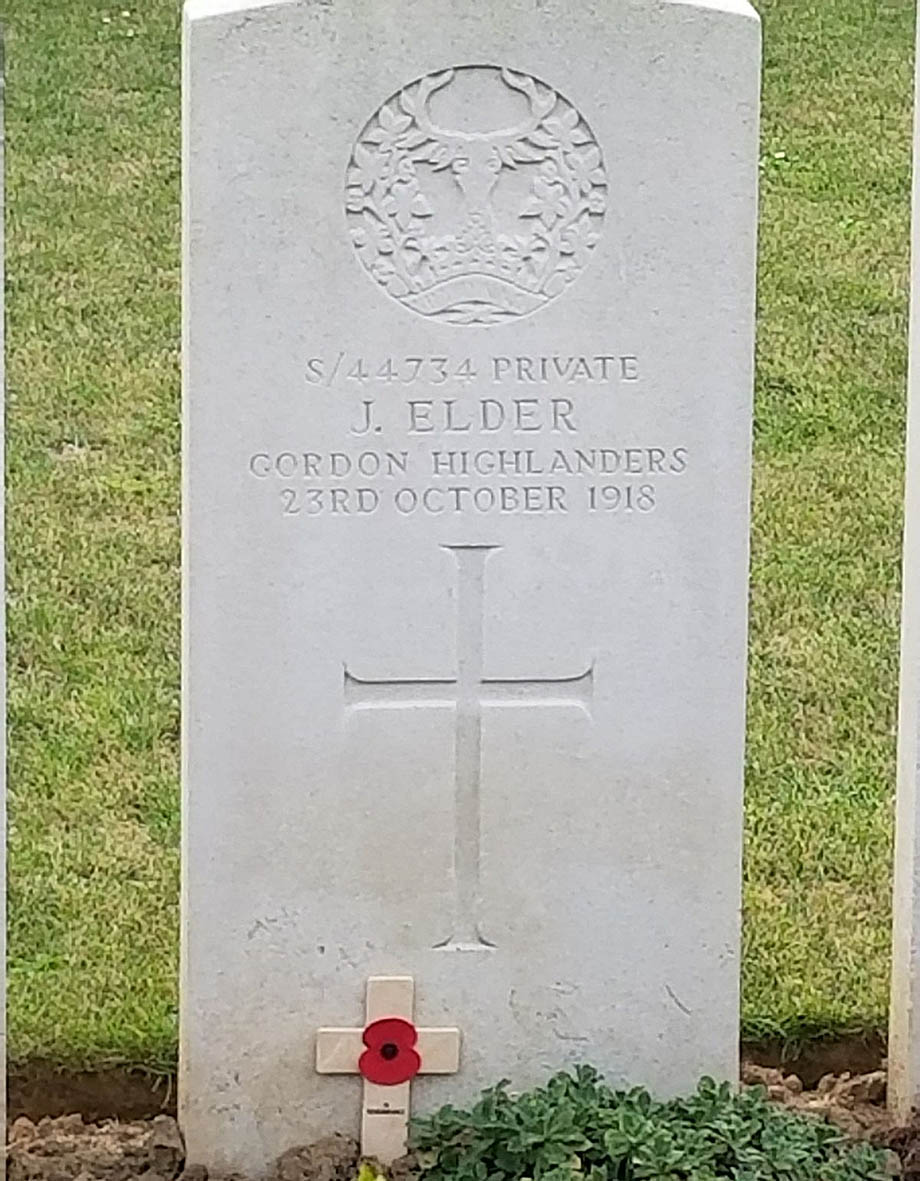
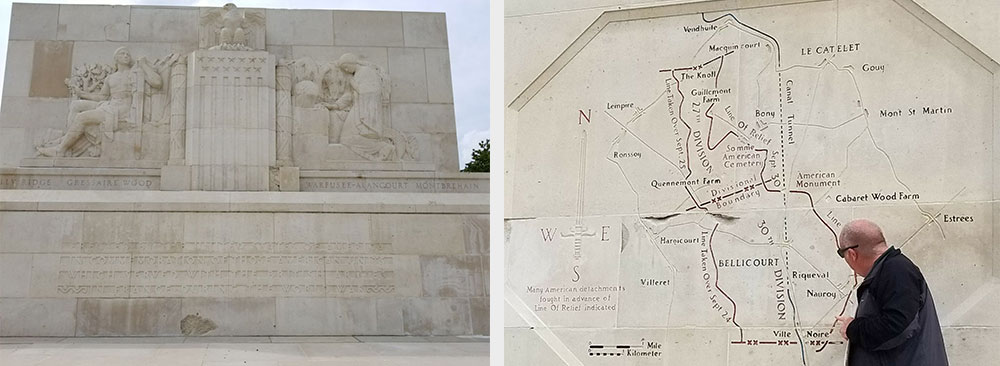
Visiting Saint Quentin, the group was able to take a break with some modern culture at a local arts and beer festival.
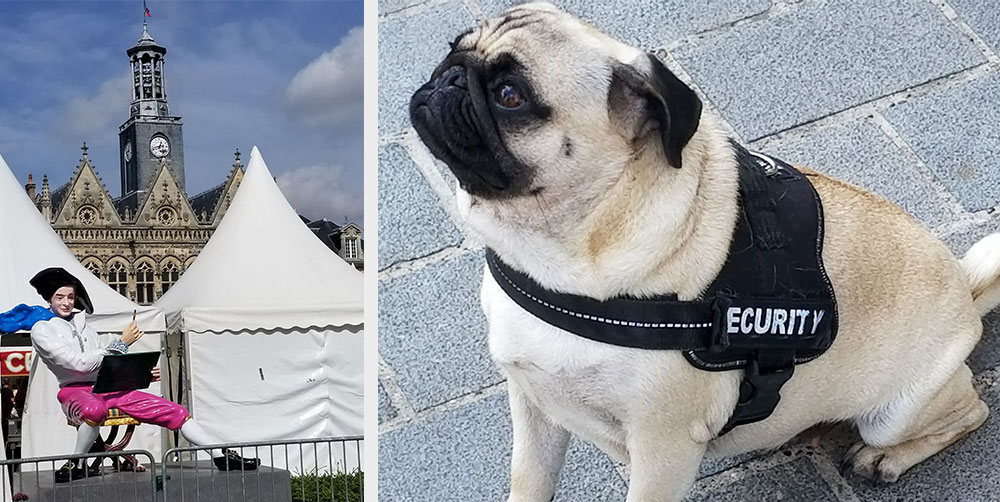
Day 3
Once the Hindenburg line was breached by the Allies, the Final Offensive pushed the Germans back toward Amiens.
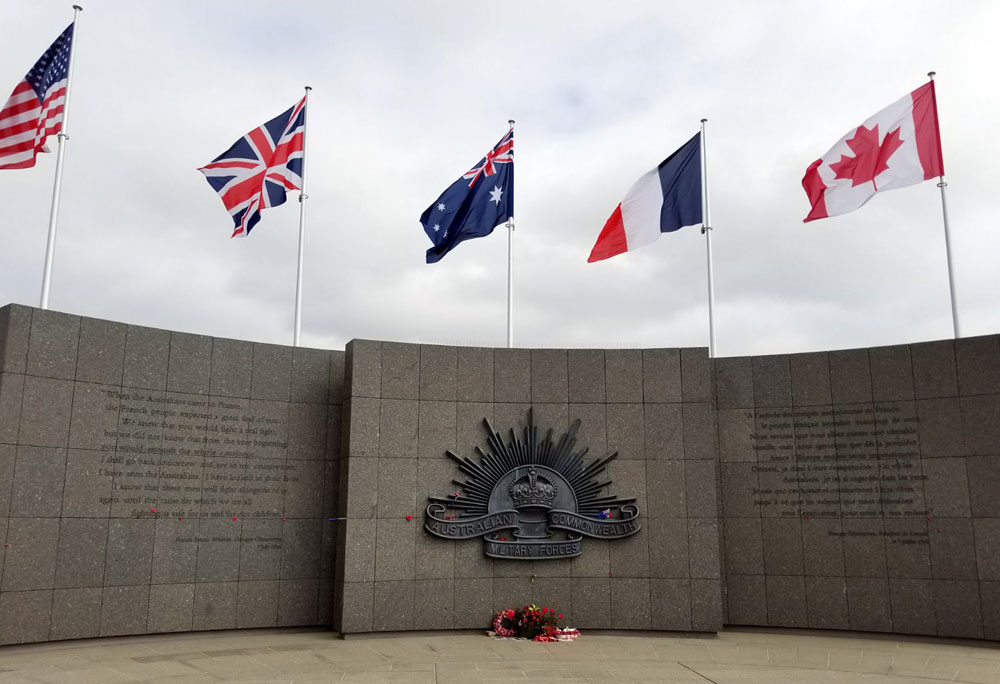
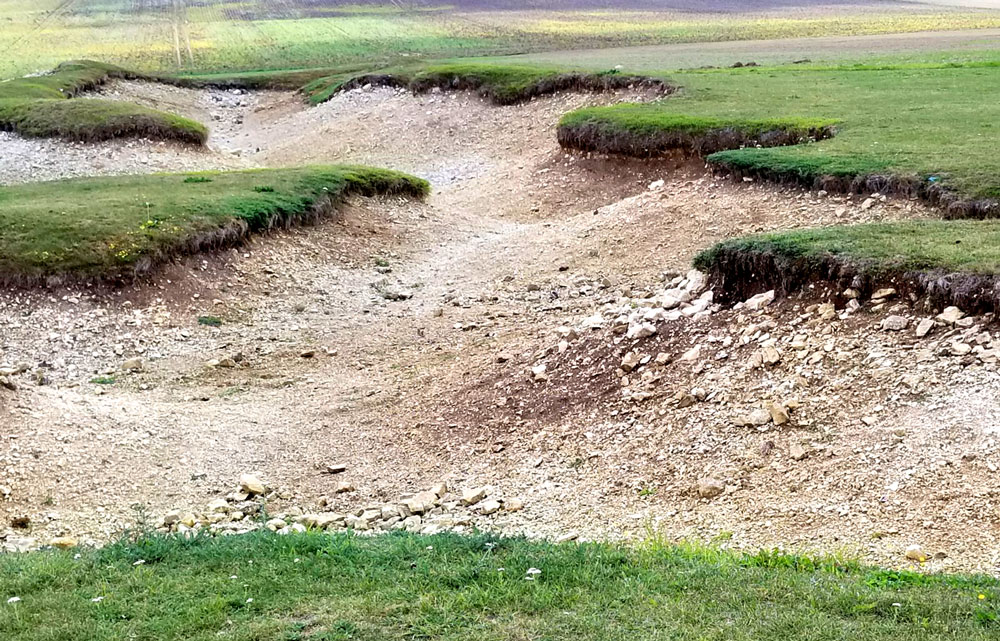
In June 1918, much of the US 33rd Division moved to the Amiens sector. On July 4 elements of the 131st and 132nd Infantry Regiments joined their comrades from Australia and, ironically, on that remembrance of Independence Day, advanced side by side with British Empire troops in the attack of German positions at Le Hamel.
An official history of the 33rd Division published in 1919 stated that in that battle the “Americans charged to the shouts of ‘Lusitania.’” After the brief but explosive action a story was told that an Australian remarked to the 33rd soldiers that “you'll do me Yank, but you chaps are a bit rough.”
Northeast of Montbrehain, Sgt. Willie Nims (grandfather-in-law of tour participant Steve Suddaby), part of the 30th Division of the American Expeditionary Forces, was wounded on Oct. 8, 1918. He was awarded the Distinguished Service Cross and a Purple Heart.
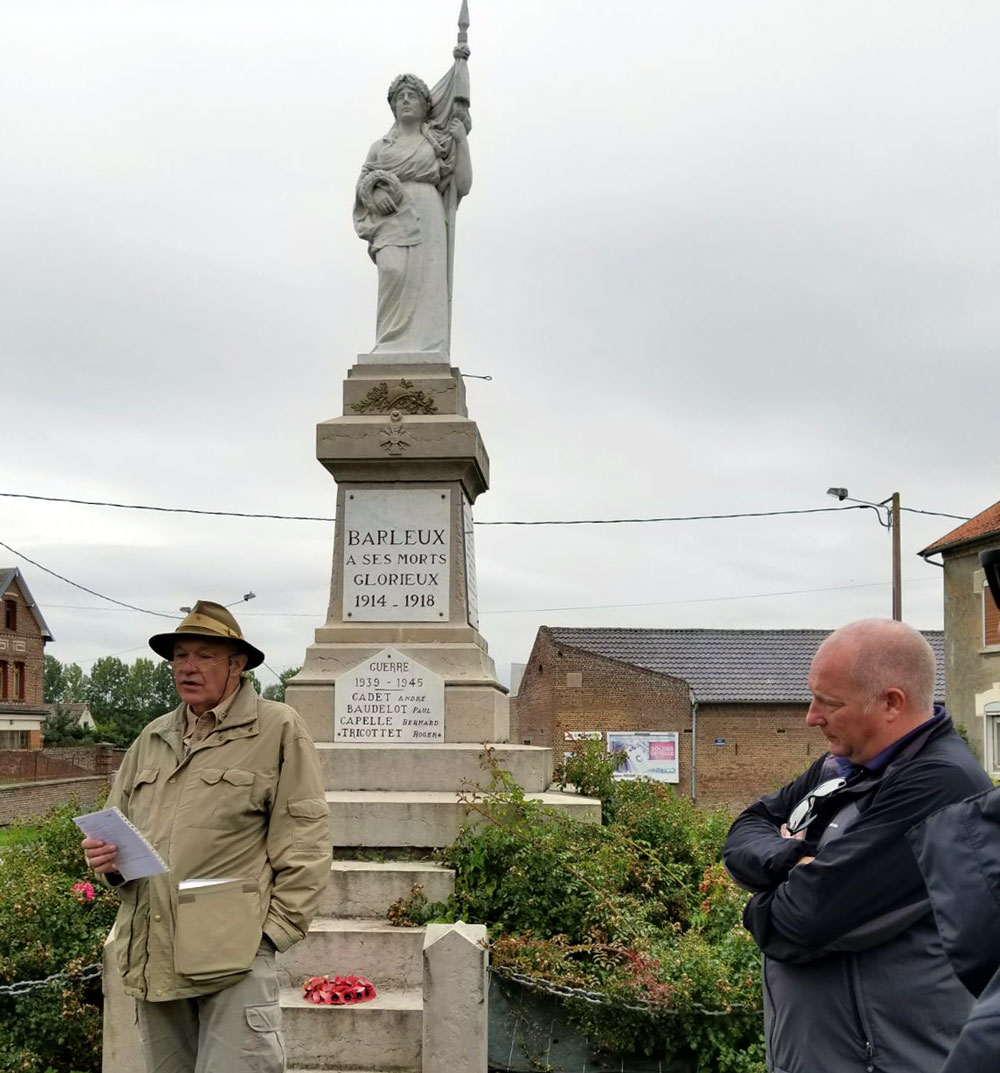
In Barleux, we stopped for Mike St Maur Sheil to read Alan Seeger's famous poem, "I Have a Rendezvous with Death." Seeger was an American poet who served in the French Foreign Legion. He composed this poem shortly before his death on July 4, 1916.
I have a rendezvous with Death
At some disputed barricade,
When Spring comes back with rustling shade
And apple-blossoms fill the air—
I have a rendezvous with Death
When Spring brings back blue days and fair.
It may be he shall take my hand
And lead me into his dark land
And close my eyes and quench my breath—
It may be I shall pass him still.
I have a rendezvous with Death
On some scarred slope of battered hill,
When Spring comes round again this year
And the first meadow-flowers appear.
God knows 'twere better to be deep
Pillowed in silk and scented down,
Where love throbs out in blissful sleep,
Pulse nigh to pulse, and breath to breath,
Where hushed awakenings are dear...
But I've a rendezvous with Death
At midnight in some flaming town,
When Spring trips north again this year,
And I to my pledged word am true,
I shall not fail that rendezvous.
The day's itinerary also saw a visit to the crash site of Baron Von Richthofen (The Red Baron), whose streak of 80 aerial combat victories was brought to an end on April 21, 1918.
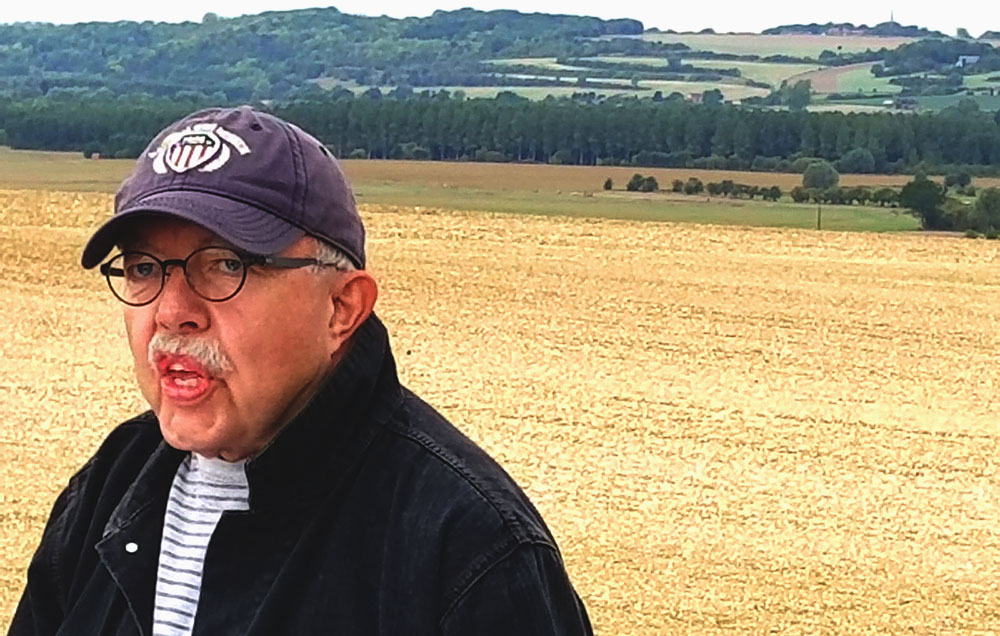
Day 4
Our fourth day was very busy as we visited the site where the Armistice was signed between representatives of Germany, Great Britain, and France on November 11, 1918. The armistice effectively ended the fighting on the Western Front after the Allies halted the German offensive in the summer of 1918.
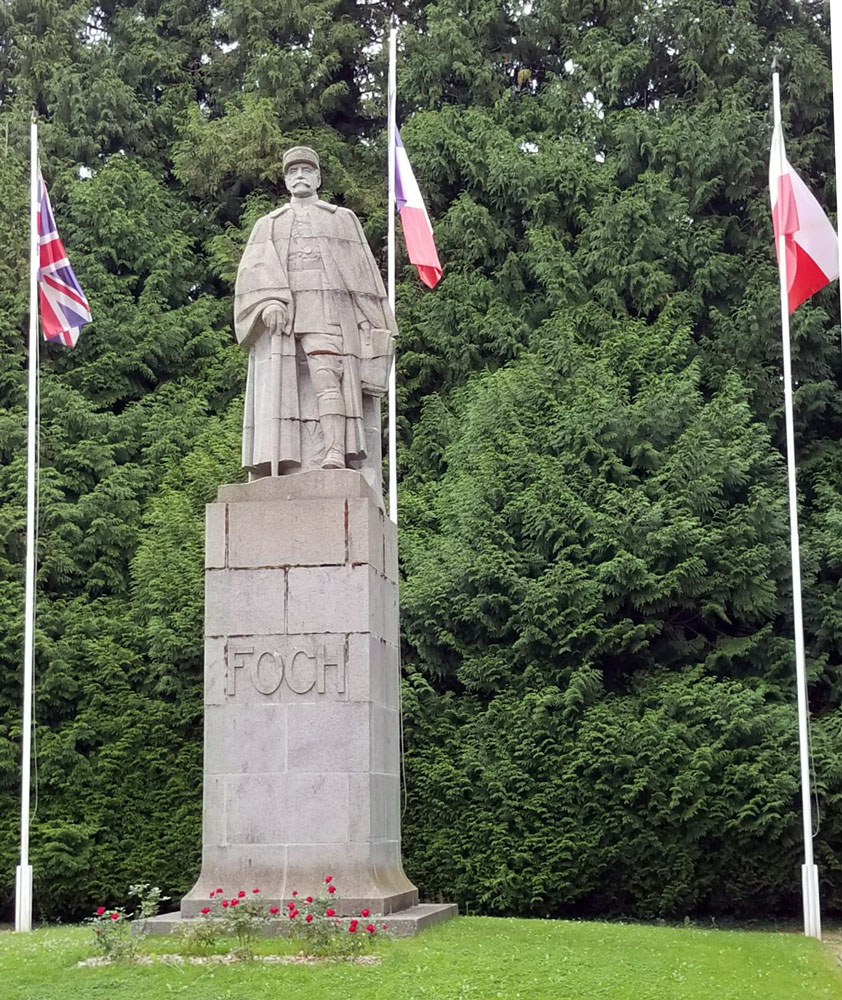
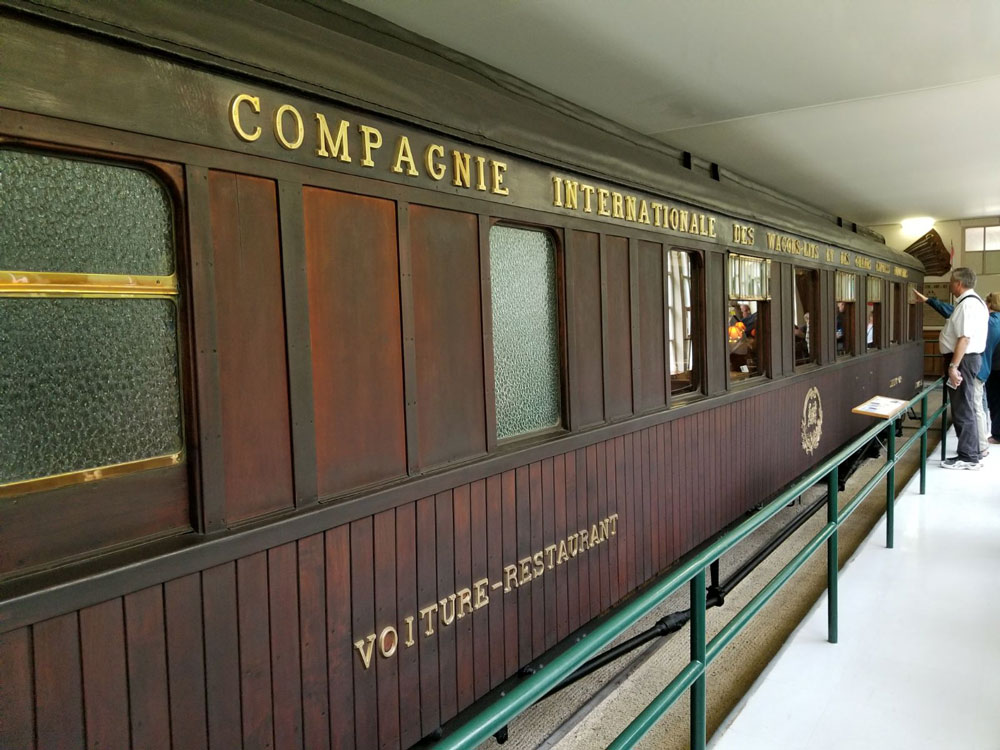
We stopped at Cavigny Farm, near Longpont, which served as a training site for the American Field Service (AFS) Transport Material Units (TMUs). Tour participant Tom Richards’ grandfather, Edward Clinton LaMontagne, was stationed there as a volunteer camion (truck) driver in a Franco-American Camion Réserve Mallet supplied by the AFS. He served under French command until April 1917. The current farm owner was quite gracious to the tour group.
The day also saw a trip to the Confrécourt quarries in the Aisne River valley. These caves were used by the French soldiers for a variety of purposes, including storage, as a hospital, and as a refuge from the battlefield.
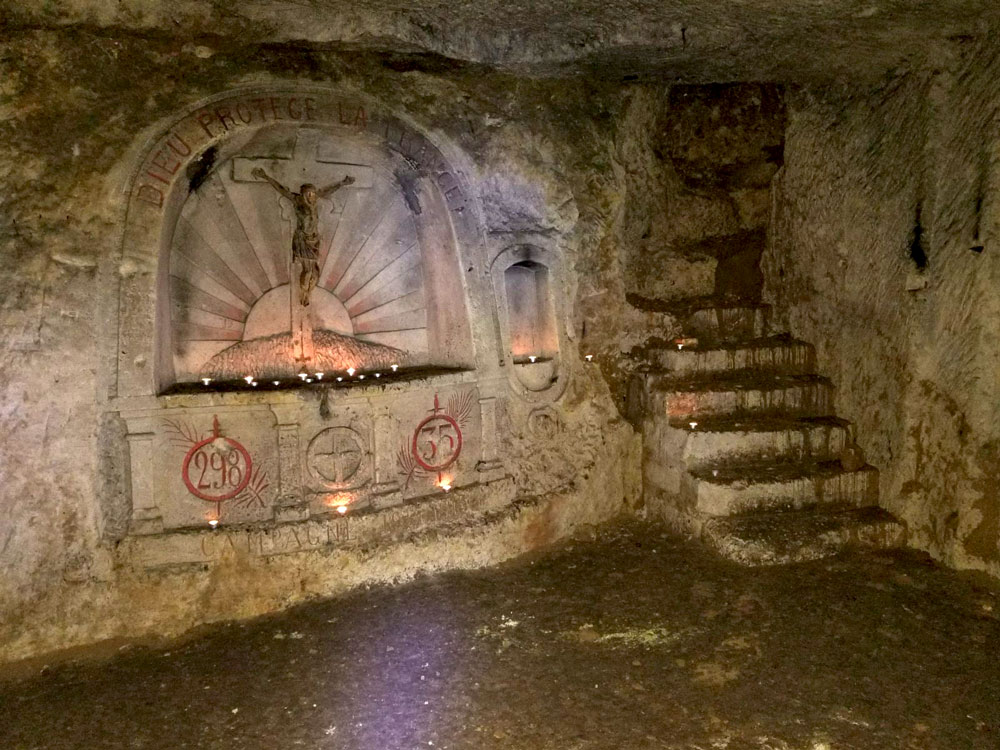
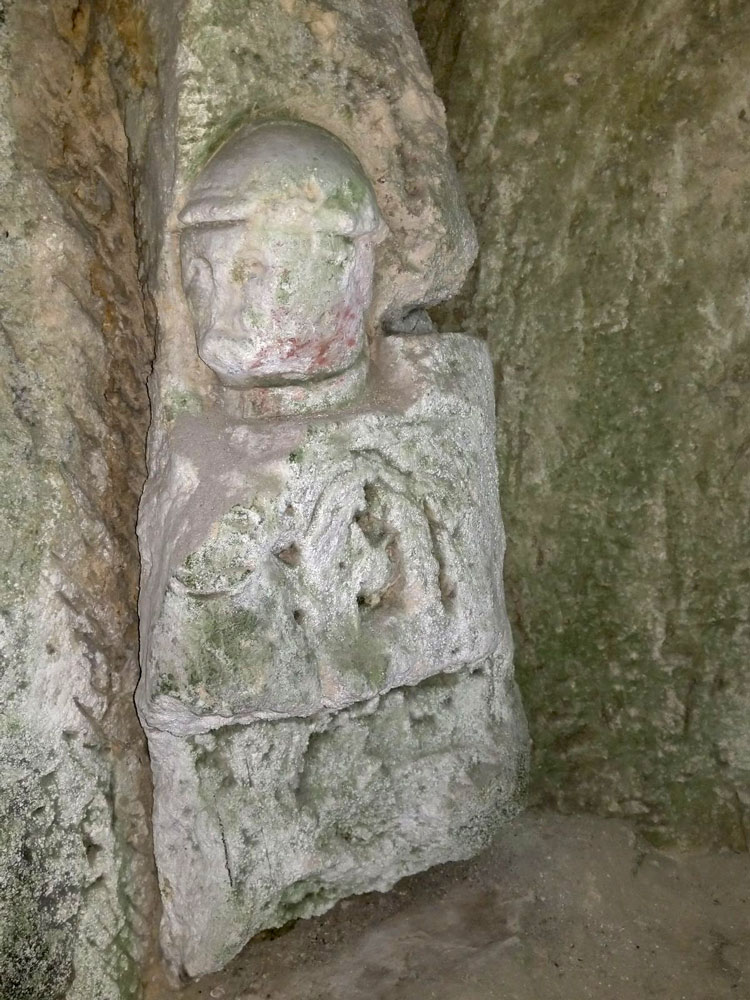
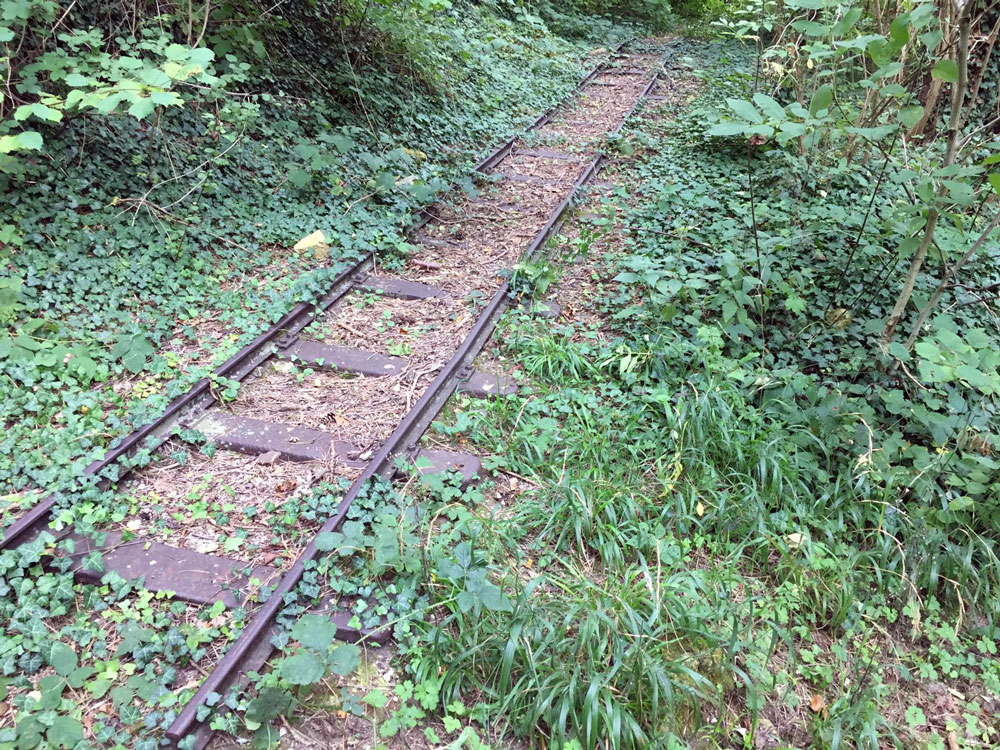
Day 5
The day was spent exploring Belleau Wood, following the exploits of the Doughboys who were rushed into action to stem the German offensive which threatened to break through the Allied lines and reach Paris in June 1918. The subsequent month-long battle to secure the Wood, which the French re-named Bois de la Brigade de Marine in honor of the Americans who fought here.
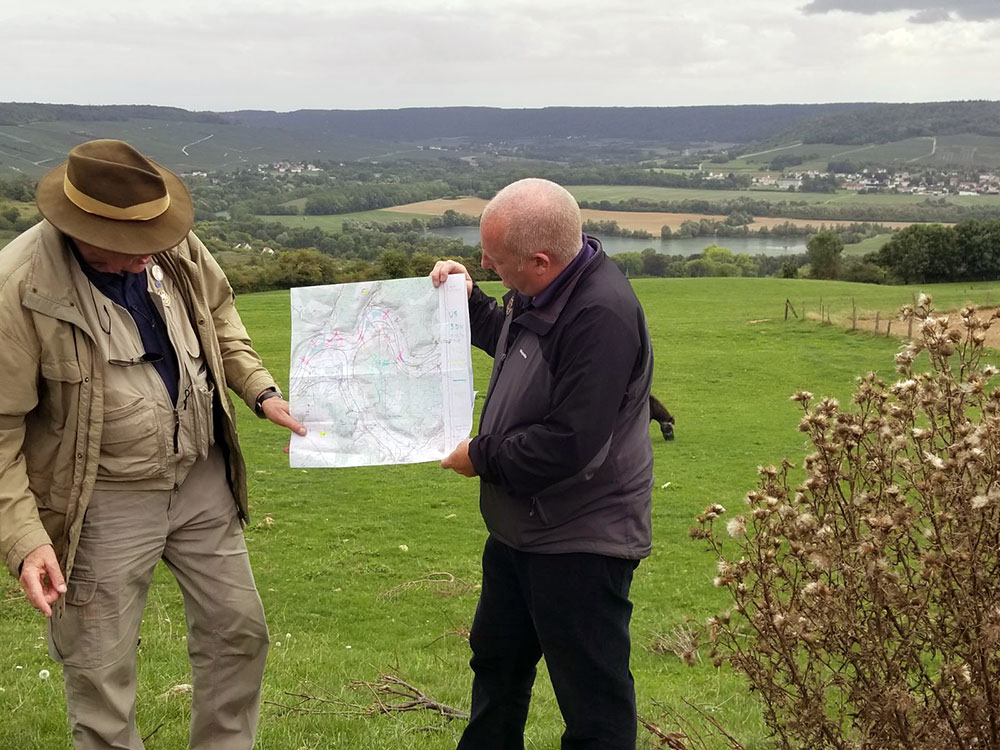
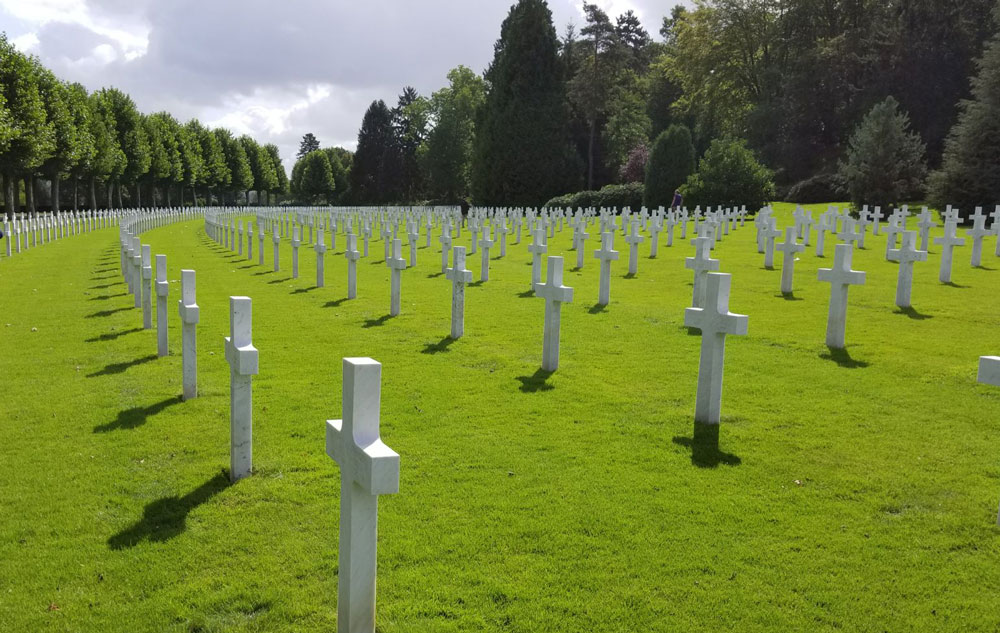
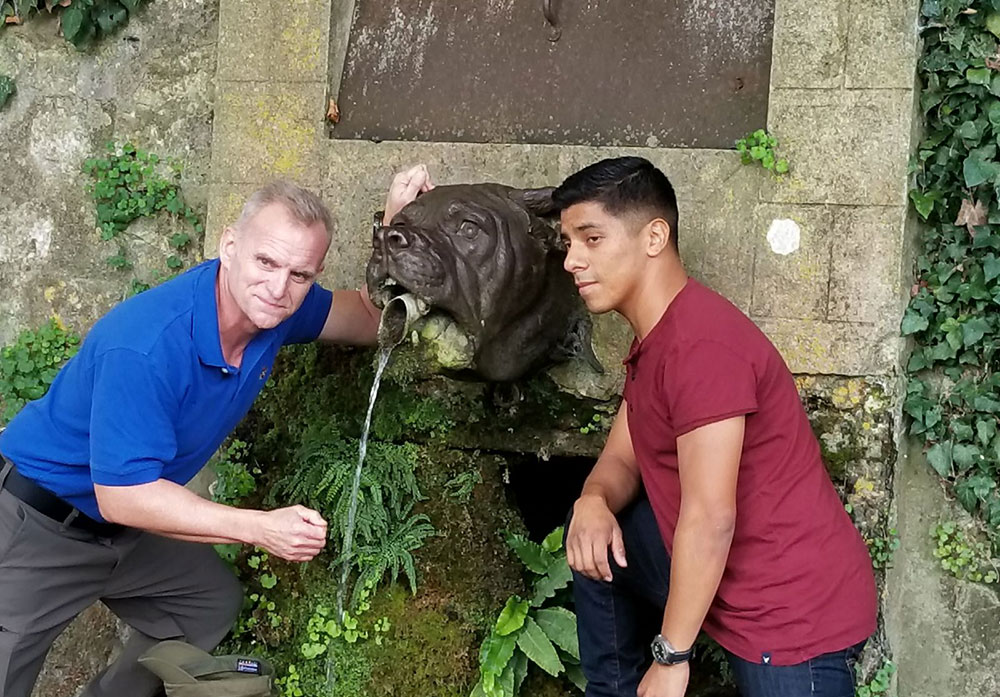
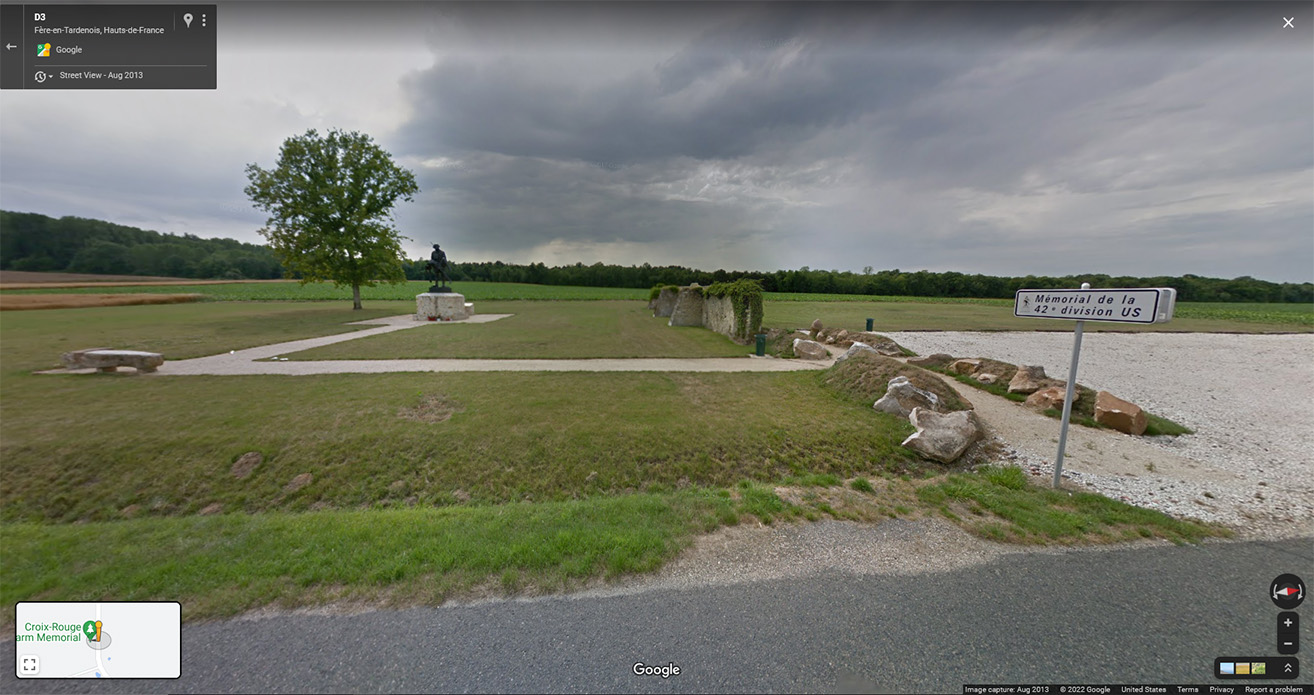
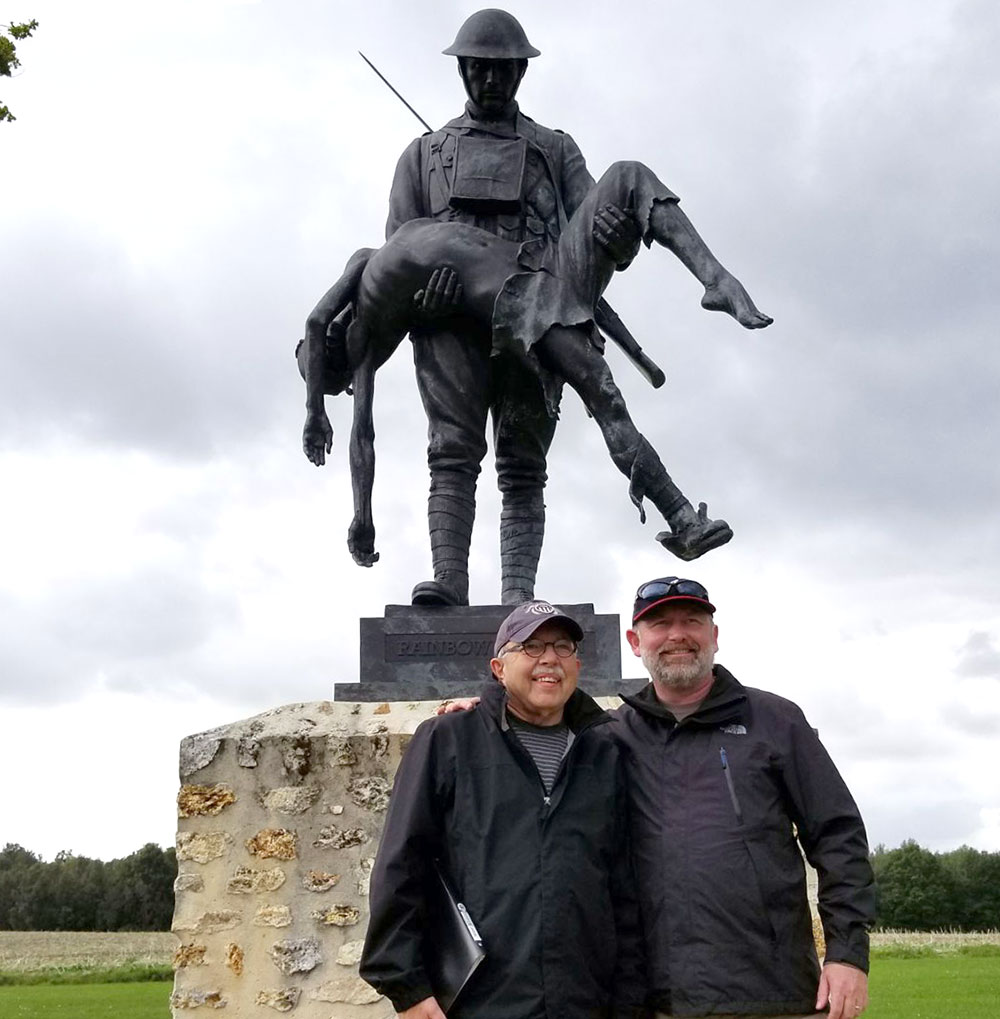
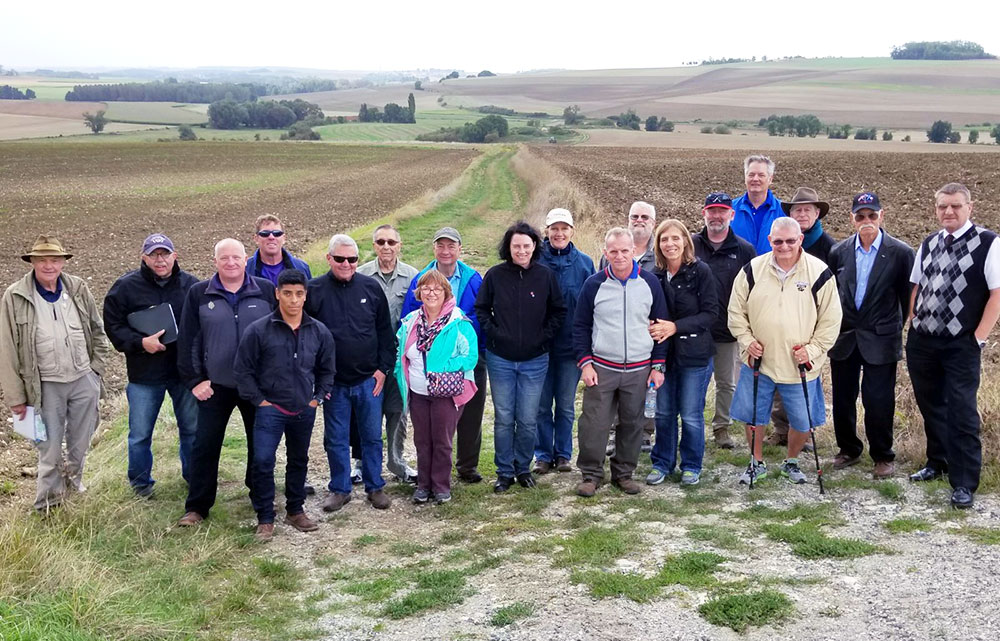
Day 6
Over the past days, we have followed in the footsteps of those soldiers known and loved by our group, but as we visited the battlefields and cemeteries and monuments, the mark of those soldiers whose names are lost is indelible. We learned about the markers for graves of unknown soldiers, many times adorned with the words: “Here rests in honored glory an American soldier known but to God.”
Finally, our tour has come to an end and the Americans return to Paris. There were so many sights on our recent journey, it's impossible not to share more.
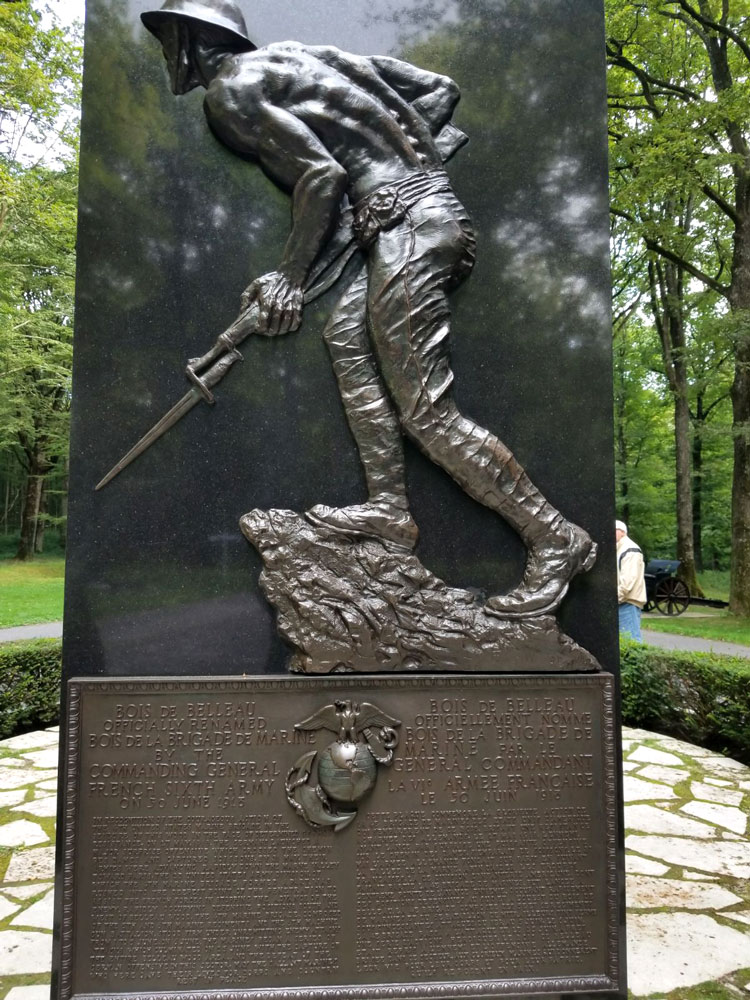
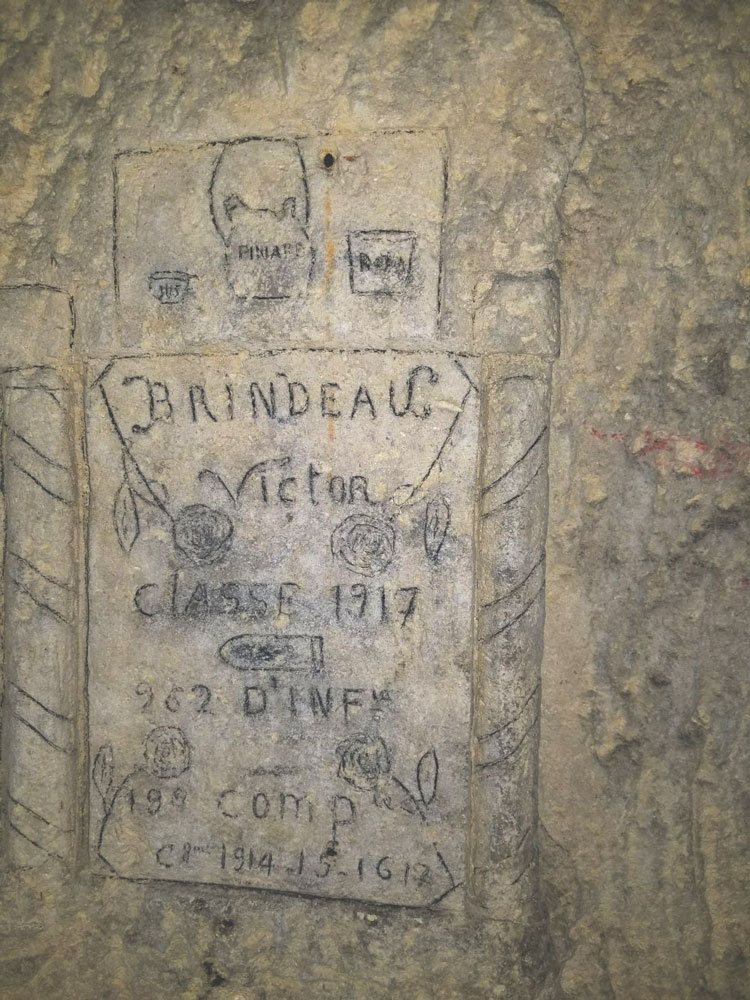
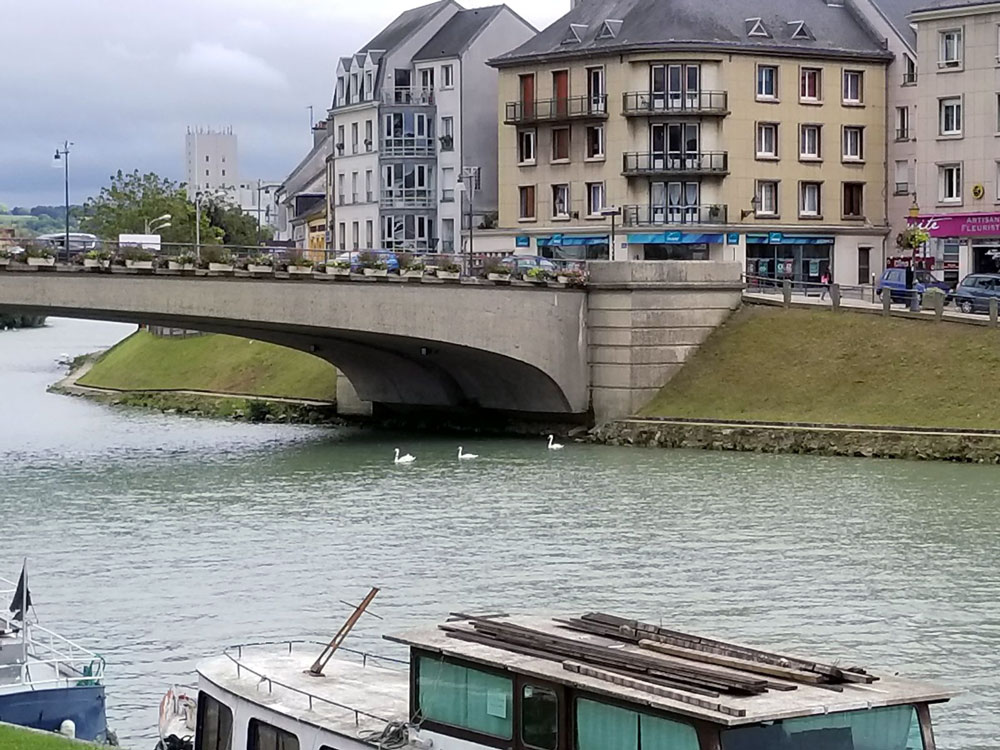
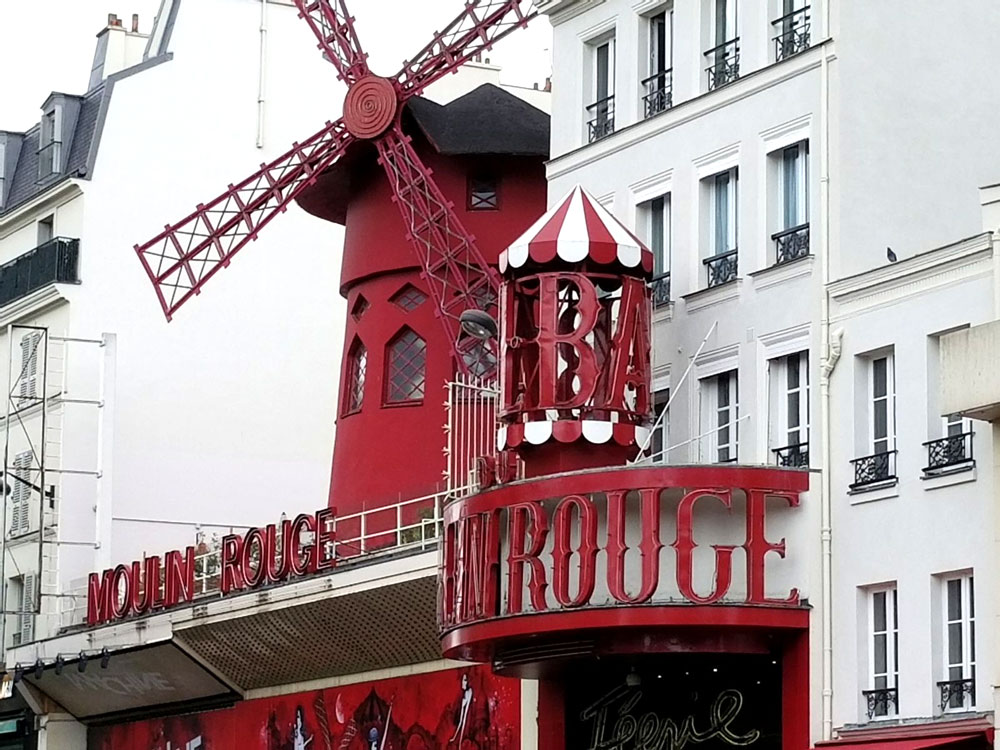
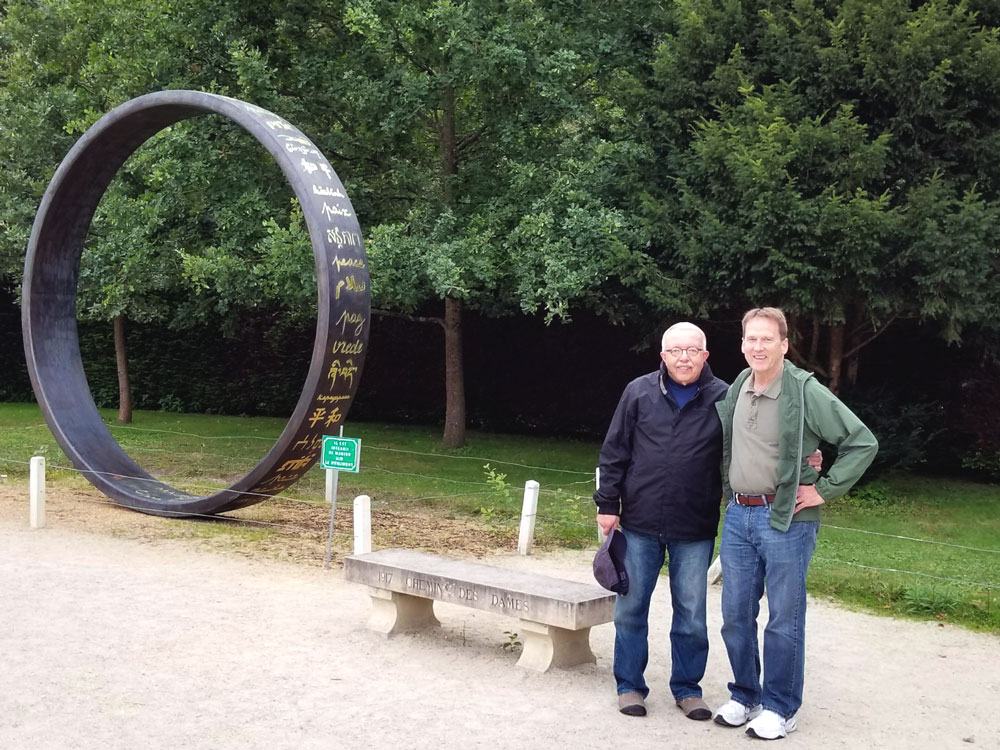
Thank you for reading along with our 2017 Battlefield Tour!
Be sure to look at our recaps of the 2016 Tour of the Italian Front and 2015 Tour following the German forces in the war.
